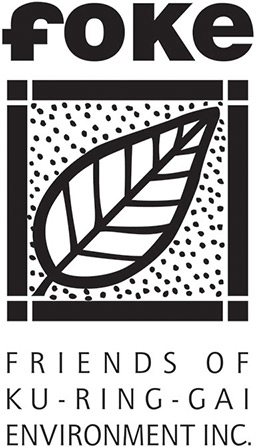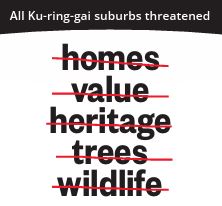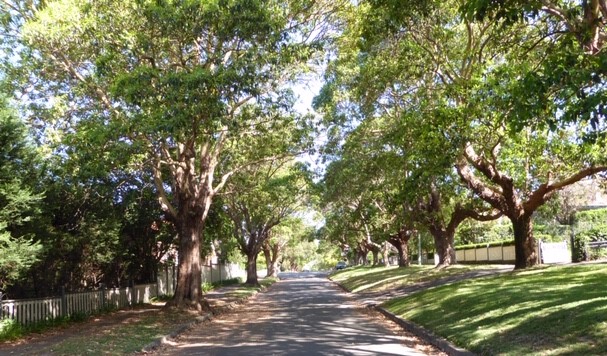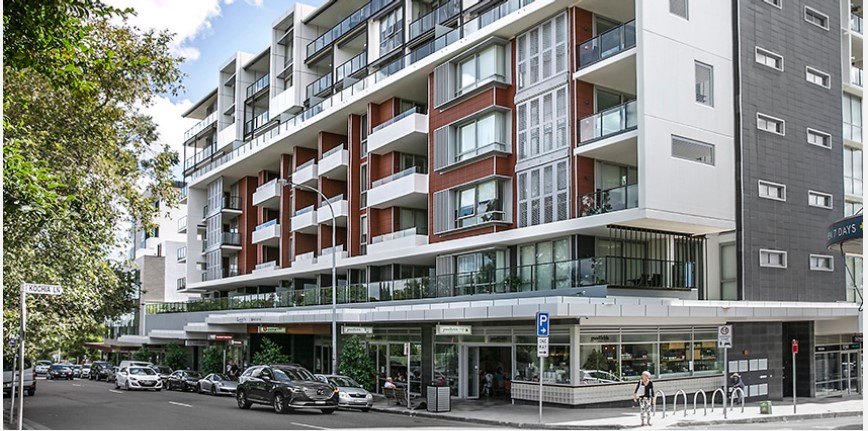Send your submission HERE by deadline Friday 23 February, 2024
Ideas to help you send your submission:
The NSW Minns Government planning ‘reforms’:
- are grossly UNDEMOCRATIC.
- are flawed. They undermine the integrity of the entire NSW PLANNING system and will lead to planning chaos.
- will destroy the character, heritage and environment of Sydney’s diverse suburbs with a “one size fits all policy”.
- fails to consider local amenity impacts, including overshadowing, loss of privacy, loss of scenic views, loss of streetscape.
- fail to ensure good quality and good designed apartment buildings.
- put the interests of property developers before the COMMUNITY.
- will allow super windfall rezoning profits to be ‘gifted’ to property developers.
- will not address the housing affordability crisis.
- will open the NSW planning system to “corruption risk” with the introduction of the ‘non-refusal standards’ (including money-laundering).
- deny natural justice for those residents living within a Transport Oriented Development (TOD) with no opportunity to object.
- deny natural justice for those residents living across Sydney with the introduction of the Changes to create low and mid-rise housing occurring just before the Christmas, New Year and school holidays.
- lack transparency and accountability. The Minns Government refuses to release the “Cabinet in confidence“ evidence justifying why Roseville, Lindfield, Killara and Gordon had the necessary infrastructure to take further density. the TOD to be introduced 400 metres surrounding Roseville, Lindfield, Killara, Gordon Railway Stations can take the increase in density.
- are environmentally irresponsible when Sydney’s natural ENVIRONMENT is under severe with the escalating threats of climate and biodiversity extinction.
- fail to acknowledge Sydney’s environment interconnections. Ku-ring-gai is the lungs of Sydney. What happens to Ku-ring-gai’s trees will impact on Western Sydney’s, Northern Beaches, Sydney Harbour’s and the Hawkesbury River’s environmental health.
- will devastate Ku-ring-gai’s natural environment with the overriding of existing Council protections including Tree & Vegetation Development Control Plan (DCP), Urban Forest Policy, Threatened Species Community.
- Fail to acknowledge Ku-ring-gai as an environmentally sensitive area.
- Fail to acknowledge Ku-ring-gai’s Aboriginal heritage that is a local government area that has one of the most significant Aboriginal sites in Sydney.
- will push Ku-ring-gai’s Critically Endangered Ecological Communities (Blue Gum High Forest, Sydney Turpentine Ironbark and Duffys Forest) and its wildlife and birdlife to extinction (Federal Environment Protection and Biodiversity Conservation Act).
- will destroy Ku-ring-gai’s tree canopy. Already Ku-ring-gai’s tree canopy is under serious threat with an 8-9% slash in tree canopy cover. The NSW Housing Strategy will accelerate this destruction. It will destroy the vital wildlife corridor/national park railway line ridge.
- will have an adverse impact on Lane Cove National Park, Garigal National Park, Ku-ring-gai Chase National Park. As well the integrity of the remaining pockets of intact Blue Gum High Forest at the Dalrymple-Hay Nature Reserve (St Ives), Sheldon Forest (Turramurra) will be placed under pressure. Other bushland reserves include Ku-ring-gai Flying-Fox Reserve (within 400 metres of Gordon Railway Station), Granny Springs Reserve (Turramurra), Swain Garden, Seven Little Australians Park.
- ignores Ku-ring-gai’s geography. geology and climate. Ku-ring-gai suburbs are located on a thin ‘railway line’ ridge that climbs to about 200 metres and has the highest rainfall in Sydney. There are many creeks running from this ridge east and west, flowing down into either the Lane Cove, Garigal or Ku-ring-gai National Parks. The canopy trees, bushland reserves, gardens are environmentally critical to the survival of these national parks. The NSW housing policies will lead to more intensive hard surfaces. During high rainfall events this will lead to flash flooding, with pollutants, rubbish and weeds being flushed into the National Parks.
- will result in wildlife extinction. Ku-ring-gai has more native species than the entire United Kingdom. Ku-ring-gai is a hot bed of biological diversity that supports over 800 native plants, 170 fungi and 690 fauna species (including the threatened species – Grey-Headed Flying Fox and Powerful Owl.
- ignores the evidence that Ku-ring-gai is one of Sydney’s most ecologically sensitive places.
- Fail to provide an Environmental Impact Assessment (EIA) regarding the multiple rezonings since 2004 when the last major rezonings occurred as LEP 194.
- will demolish Ku-ring-gai’s hard won HERITAGE Conservation Areas that includes the nation’s best 20th Century domestic architecture.
- fail to acknowledge and respect the character, heritage and environment of a local area. They are blunt, one-size-fits all changes that will irreversibly destroy a community’s liveability, character, heritage and the environment.
- abrogate NSW’s obligations to protect individual heritage items (eg Eryldene) and Heritage Conservation Areas . If allowed it means that heritage protection will be extinguished across NSW.
- will destroy Ku-ring-gai’s heritage where the ‘natural dominates the built form’. Ku-ring-gai’s garden and bushland suburbs will be demolished and replaced with hard surface concrete.
- fails to recognise Ku-ring-gai’s significance to the Australia’s cultural, natural and environmental pioneer history. Ku-ring-gai is the birthplace of the modern Australian environment movement with environmental pioneers such as Annie Wyatt (founder of the National Trust of Australia), Charles Bean, Eccleston du Faur, Alex Colley, Paddy Pallin.
- will overwhelm existing ageing INFRASTRUCTRE for stormwater, sewerage and drinking water, train carrying capacity.
- fails to address the risks that Ku-ring-gai faces from climate fueled bushfires, wild storms and flash flooding.
- will cause continual traffic congestion chaos. Ku-ring-gai has limited access roads to the Pacific Highway. In an emergency how will the ambulance get to the hospital? Streets will be impassible with additional carparking.
- are silent on controls to ensure new multistorey developments have net zero emissions with roof top solar and community batteries for the high energy required for lifts and air conditioning.
- fail to provide the funds to purchase additional land for more parks, playgrounds, green spaces, sporting fields, swimming pools as well as services such as schools, hospitals, libraries and community and recreational facilities.
- fail to acknowledge that over the past 20+ years, Ku-ring-gai Council’s attempts to strengthen the protection of Ku-ring-gai’s heritage and the environment have been ignored, denied or delayed by the NSW Planning Department (eg 10/50 vegetation clearing rule). Concurrently environment, heritage and local government powers have been significantly weakened. It is time to strengthen urban environmental protections – not extinguish them.




